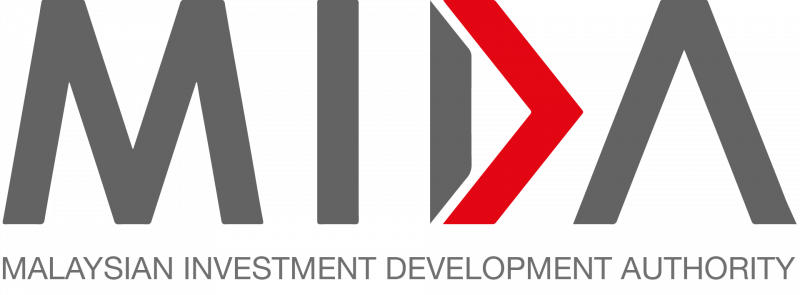Meta Bright Group Bhd is expanding its presence in the renewable energy sector through a joint venture (JV) to provide total energy solutions.
Meta Bright partnered with United Success Holding Pte Ltd and Yang Lei to establish Meta Bright Solutions Sdn Bhd.
The latter will develop and operate battery energy storage systems (BESS), EV charging infrastructure and energy efficiency solutions (EE) in Malaysia and potentially across Southeast Asia.
Meta Bright Energy Sdn Bhd, wholly owned by Meta Bright, will hold a 55 per cent controlling stake in the JV, with United Success and Yang Lei owning 10 per cent and 35 per cent respectively.
“This initiative aligns with Malaysia’s National Energy Transition Roadmap, which seeks to increase renewable energy’s gross domestic product contribution to RM220 billion by 2050 while reducing carbon emissions in the energy sector by 32 per cent,” it said today.
With the government’s RM300 million allocations under 2025 Budget for renewable energy, Malaysia is accelerating grid modernisation, energy efficiency initiatives, and renewable energy adoption, it added.
To strengthen its technological capabilities, the JV has signed an exclusive technical support agreement with YTKJ.
YTKJ is backed by Ningbo Urban Construction Investment Holding Co Ltd, one of China’s state-backed urban infrastructure developers.
YTKJ has a partnership with Shanghai Stock Exchange-listed Ningbo Joyson Electronic Co Ltd to produce and manufacture BESS.
Meta Bright executive director Derek Phang Kiew Lim said the JV is expected to help contribute the development for Malaysia’s energy landscape.
Source: NST
Meta Bright in tripartite deal to develop BESS, EV charging infrastructure
Content Type:
Duration:


